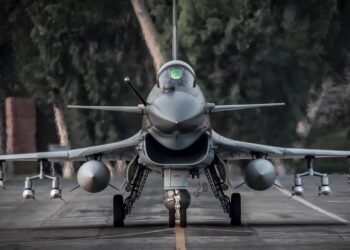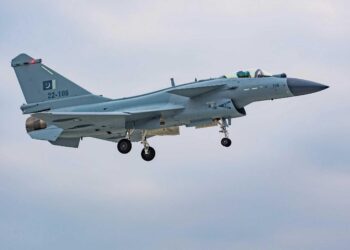Rand Corporation, In recent decades, there have been numerous attempts to rein in the cost growth of U.S. Department of Defense (DoD) acquisition programs. Cost growth is the ratio of the cost estimate reported in a program’s final Selected Acquisition Report (SAR) and the cost-estimate baseline reported in a prior SAR issued at a particular milestone.
Drawing on prior RAND research, new analyses of completed and ongoing weapon system programs, and data drawn from SARs, this study addresses the following questions:
What is the cost growth of DoD weapon systems?
What has been the trend of cost growth over the past three decades?
To address the magnitude of cost growth, it examines cost growth in completed programs; to evaluate the cost growth trend over time, it provides additional analysis of a selection of ongoing programs. This sample of ongoing programs permits a look at growth trends in the more recent past.
Changes in the mix of system types over time and dollar-weighted analysis were also considered because earlier studies have suggested that cost growth varies by program type and the cost of the program.
The findings suggest that development cost growth over the past three decades has remained high and without any significant improvement.
Is Weapon System Cost Growth Getting Better or Worse?
Cost growth in U.S. Department of Defense (DoD) acquisition programs has been a long-standing concern of senior policymakers and members of Congress. A 2006 RAND Project AIR FORCE (PAF) study of completed weapon system programs from the past 30 years showed that costs grew by an average of 46 percent over what was estimated at milestone B (the approval for development).
Building on this previous work, the Air Force asked PAF to further examine the cost of completed and ongoing programs to determine whether there have been any trends in cost growth. Researchers analyzed Selected Acquisition Reports (SARs) data for major defense acquisition programs since the 1970s, focusing on the development phase because it is a good indicator of total program cost growth.
1. Cost Growth Has Remained High, with No Discernable Time Trend
The analysis of development cost data for completed and ongoing major weapon system programs, measured at five years past milestone B, shows that there is no significant difference in development cost growth from one decade to the next.
This is true whether one adjusts for the differences in the mix of systems developed in each decade (e.g., aircraft, missiles, space systems, electronics), weights by the dollars invested in development, or compares cost growth between the military services. Thus, despite the many acquisition reforms and other DoD management initiatives over the years, the development cost growth of military systems has not been reduced.
2. DoD Can and Should Do Better at Controlling Cost Growth
Recent PAF research shows that many factors contribute to cost growth, including over-optimism, estimating errors, unrecognized technical issues, requirements creep, lack of incentives to control cost, and schedule extensions. Therefore, addressing the issue of cost growth requires vigorous involvement by all stakeholders in DoD.
For example, efforts to control cost growth should involve not only those who manage the acquisition process, but also the war-fighters who set requirements. Relying on proven technologies and keeping requirements stable may help to prevent development costs from rising.
3. DoD Should Pay Special Attention to the Cost Estimates on Which Budgets Are Based
Cost growth may reflect poor initial budget estimates. The ever-increasing complexity of weapon systems poses a particular challenge for cost estimators. The systems developed in each successive decade are more complex than those of the prior decade.
Furthermore, there is a tendency to be overly optimistic at the beginning of a program as to how difficult such activities may be. Better and more realistic cost estimates would not necessarily save any money, but they would provide decision-makers with a better basis for deciding whether to pursue a given program.
Read Full Report in PDF Format at RAND's Website









